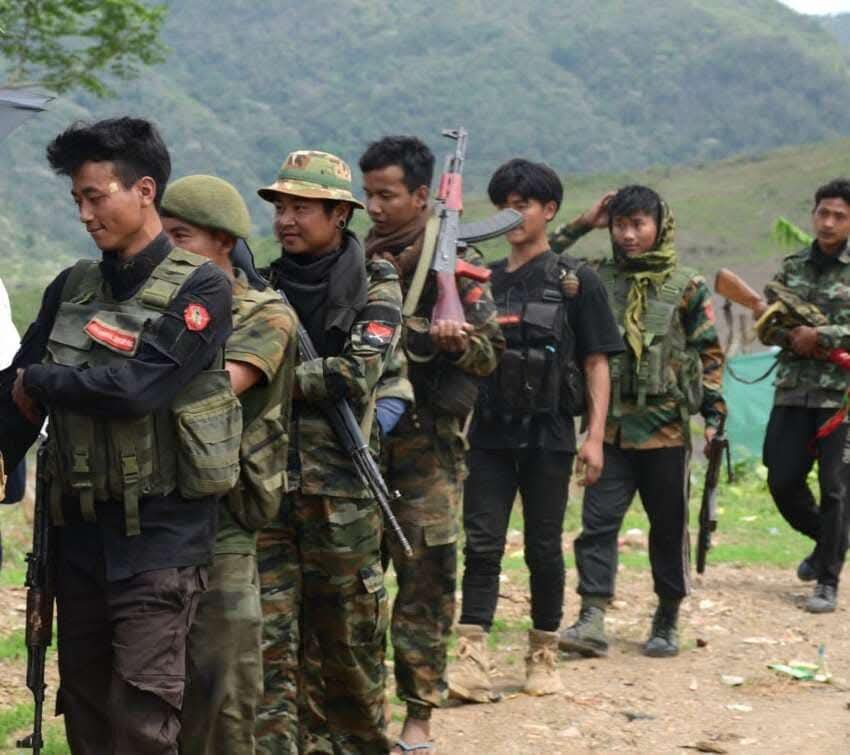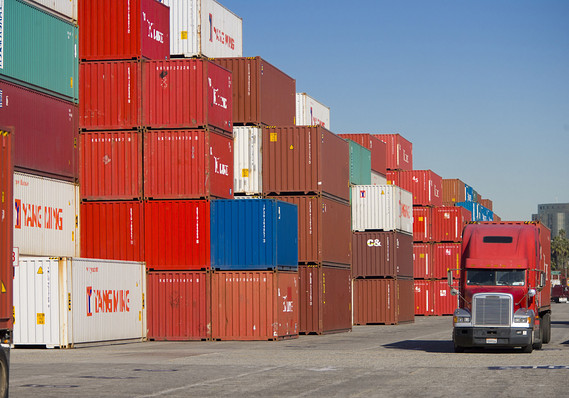
Vatican city’s main imported goods
Vatican City, the smallest independent state in the world, has a unique economy that primarily relies on imports due to its limited land area and lack of natural resources. Its imports mainly consist of goods necessary for the functioning of the state, religious activities, tourism, and the daily needs of its residents. Below are the main categories of goods imported into Vatican City:
1. Religious and Liturgical Items
Vatican City is the spiritual center of the Roman Catholic Church, and a significant portion of its imports includes religious items such as:
Vestments and ceremonial clothing for clergy
Holy books, including Bibles and missals
Liturgical artifacts like chalices, candles, and incense
Statues, rosaries, and crucifixes
These items are essential for church services, papal ceremonies, and distribution to Catholic communities worldwide.
2. Food and Beverages
Since Vatican City does not have agricultural land, all food and beverages must be imported. The main food imports include:
Bread, pasta, and grains from Italy
Dairy products like cheese and milk
Meat and seafood for local consumption
Wine and sacramental wine used in religious ceremonies
Most of these imports come from Italy, as Vatican City has an open border with the country.
3. Office and Printing Supplies
The Vatican is home to the Vatican Publishing House, which prints official church documents, including the L’Osservatore Romano newspaper and papal encyclicals. Imported supplies include:
Paper and printing ink
Printers and binding materials
Office furniture and stationery
These imports support administrative and media operations within the state.
4. Consumer Goods and Daily Necessities
With a small population, Vatican City imports essential daily-use products for its residents, including:
Clothing and footwear
Personal care products such as soaps, shampoos, and toiletries
Electronics, including mobile phones and computers
Since Vatican City does not have its own manufacturing sector, all such consumer goods are imported.
5. Construction Materials and Maintenance Equipment
Despite its small size, Vatican City undergoes restoration and maintenance work, especially for historical landmarks such as St. Peter’s Basilica and the Vatican Museums. Important imports include:
Marble, stone, and wood for restoration projects
Paints and chemicals for art conservation
Tools and equipment for infrastructure maintenance
These materials ensure the preservation of the Vatican’s rich cultural and architectural heritage.
6. Vehicles and Fuel
Although Vatican City is only 0.49 square kilometers, it has a fleet of official vehicles for the Pope and Vatican administration. Imported vehicle-related goods include:
The Popemobile (custom-built cars for the Pope)
Electric cars used for internal transportation
Fuel and lubricants for official vehicles
Most vehicles used by the Vatican are imported from Italy, Germany, and other European countries.
7. Medical Supplies and Pharmaceuticals
Vatican City has a pharmacy, Farmacia Vaticana, which provides medicines and health-related products for residents and visitors. Imported medical supplies include:
Prescription and over-the-counter medications
Medical equipment such as thermometers and blood pressure monitors
First aid kits and healthcare essentials
Most pharmaceutical imports come from Italy and other European suppliers.
Conclusion
Vatican City’s imports mainly support religious activities, the daily lives of its residents, and the preservation of its historical sites. Since it has no local production, almost all goods must be imported, primarily from Italy. These imports help maintain the smooth functioning of this unique city-state, which serves as the heart of the Roman Catholic Church.




Leave a Reply